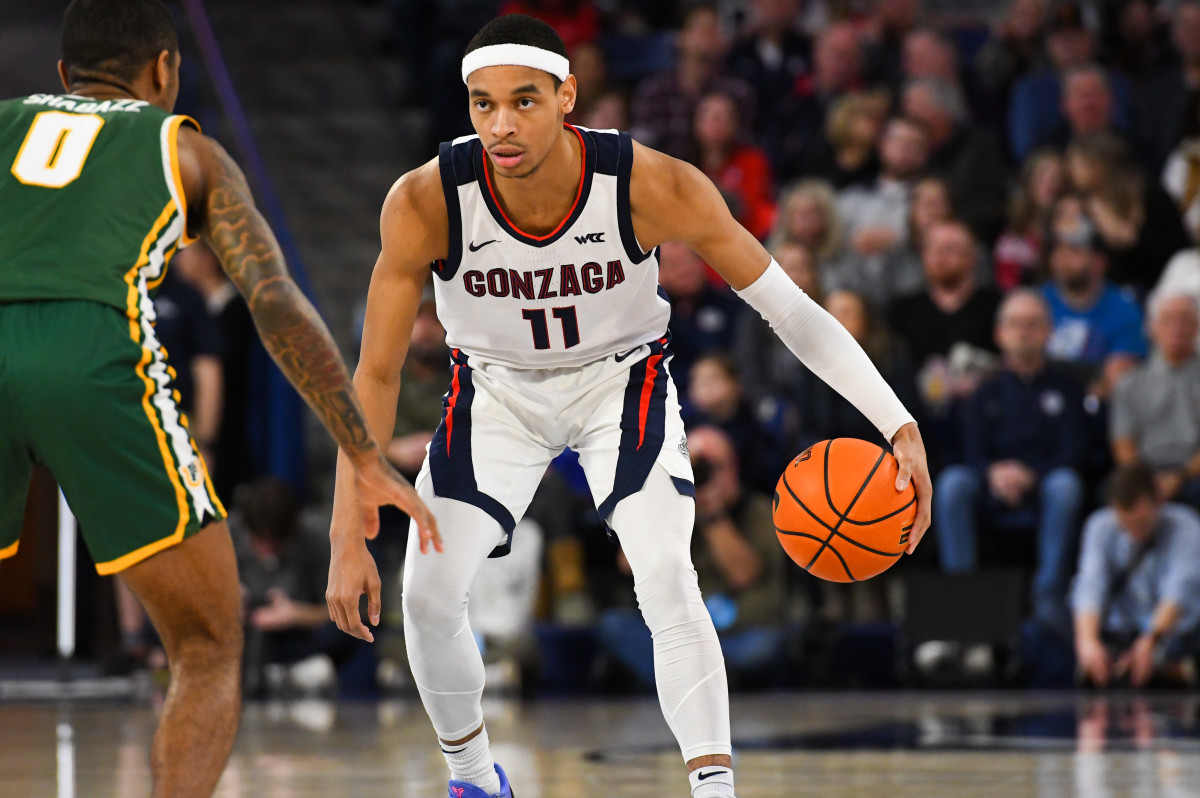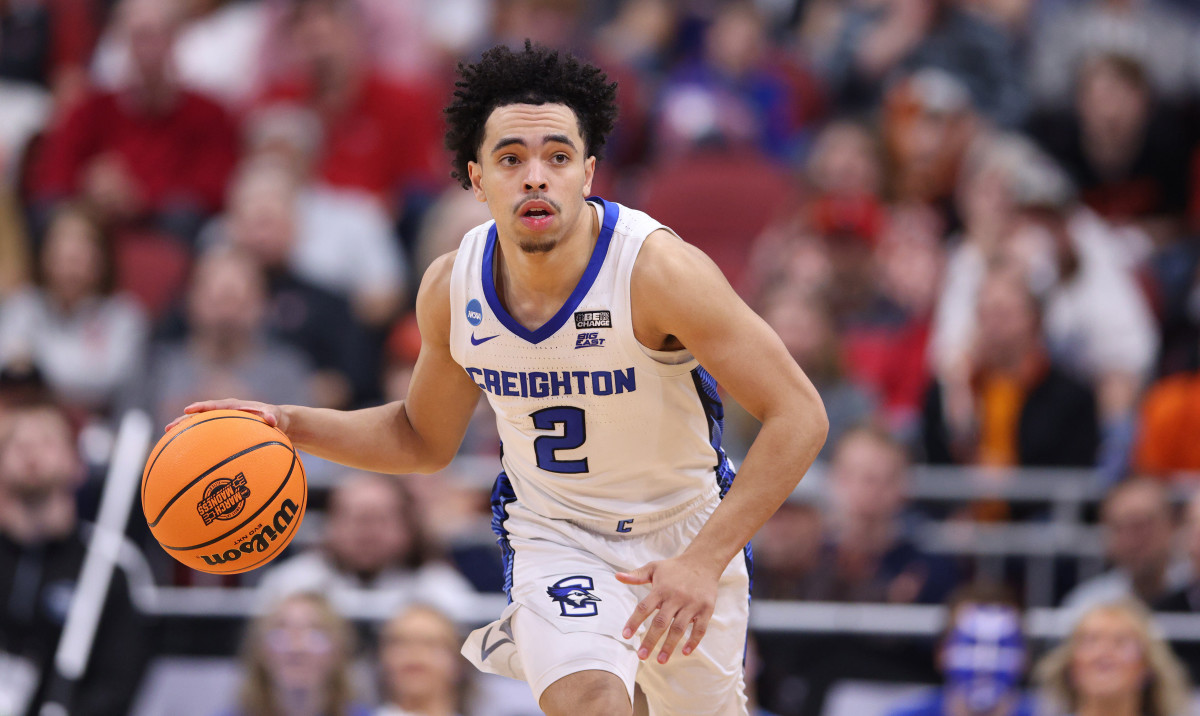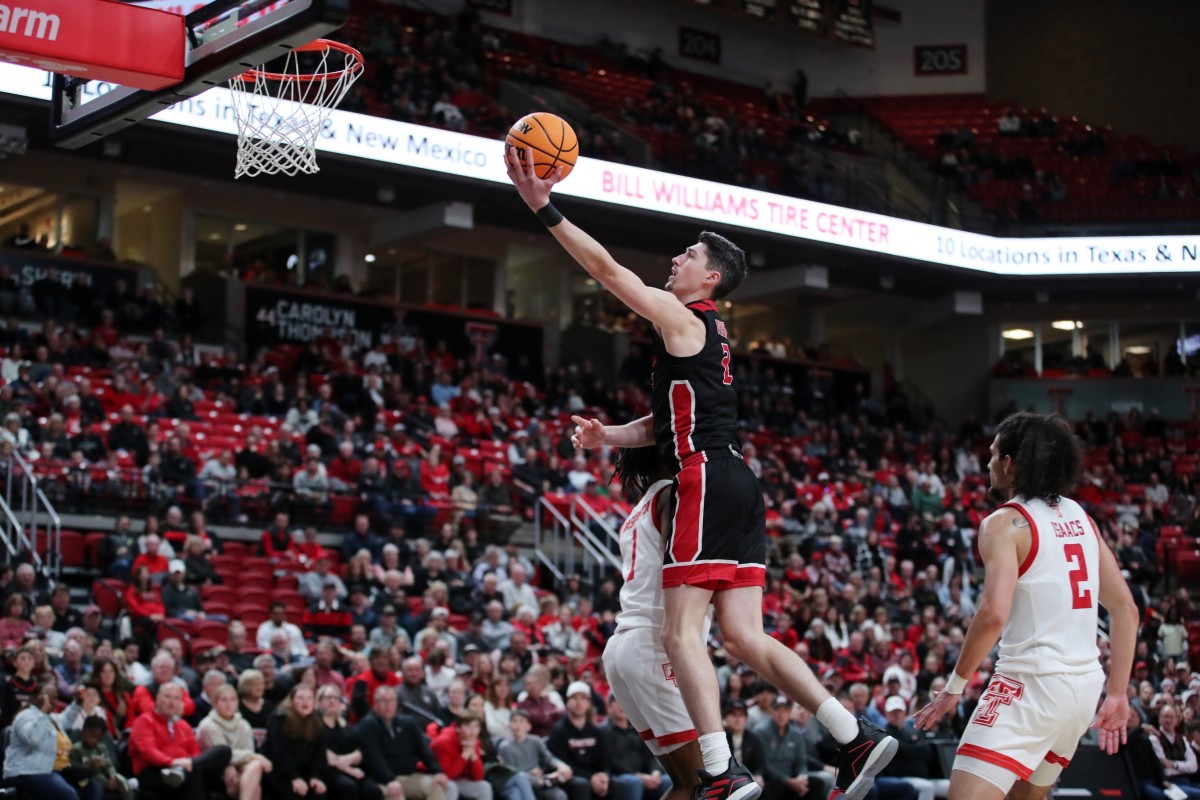Gonzaga’s point guard situation: Can Nolan Hickman and Ryan Nembhard coexist in the backcourt?

Nolan Hickman had an average season.
That was the assessment the Gonzaga men's basketball point guard provided to reporters after his team’s loss to UConn in the Elite Eight. Hickman shot 0-for-10 from 3-point range and averaged fewer than three assists per game during the 2023 NCAA Tournament.
While Hickman is Gonzaga’s only expected returning starter, head coach Mark Few and his staff have aggressively pursued other point guards in the transfer portal this offseason.
The Zags landed former Creighton guard Ryan Nembhard on April 21, bringing Hickman’s future role on the team into focus.
However, for those debating whether Gonzaga should start Nembhard or Hickman next season, the answer might be a two-point-guard lineup.

“I see no reason [Hickman] is not going to start this next upcoming year alongside Ryan Nembhard,” said Dan Dickau on a recent Gonzaga Nation podcast. “Gonzaga’s best teams have traditionally had two ball-handlers, decision-makers on the floor at all times.”
Last season’s squad did not have two established playmakers, as Hickman handled that responsibility almost entirely on his own. The 6-foot-2 sophomore averaged 3.1 assists on 1.3 turnovers per game in 36 starts for the Zags.
The addition of Nembhard will relieve some of the pressure off Hickman, who will be able to play off the ball more often.
Nembhard can comfortably assume the role of lead guard, considering he excelled in that role for Creighton in 2022-23. He averaged 12.1 points, 4.8 assists and 4.0 rebounds per game, while helping the Blue Jays reach the Elite Eight.

Aside from complementing each other’s skillsets, Nembhard and Hickman fit well alongside Gonzaga's other potential starters, most notably Steele Venters. A 6-foot-7 shooting wing, Venters made 40.3% of his 3s on 5.2 attempts per game in three seasons at Eastern Washington.
Playing next to Nembhard and Hickman will allow Venters to be less of a high-volume scorer and more of a hyper-efficient secondary option. While they aren’t similar players, Venters’ transition to Gonzaga could be comparable to the one Malachi Smith made when he joined the program last season. Smith saw his scoring average drop from 19.9 points per game to 8.7, but his 3-point clip rose from 40.7 to 50.0%.
Having more playmakers will also open up more opportunities for Gonzaga’s big men, who often had to create their own shots last season. This was evident when opposing defenses were able to limit the team’s scoring production solely by shutting down Drew Timme.
With Timme and Anton Watson testing the NBA Draft process, returning forward Ben Gregg and Wyoming transfer Graham Ike are likely to start in the frontcourt.
As a 37.7% 3-point shooter last season, Gregg will benefit from better ball movement around the perimeter and more pick-and-pop actions. Ike, who’s more of an interior scorer, should thrive as a roll man who can finish scoring opportunities set up by Nembhard and Hickman.
With Gonzaga’s roster still under construction, it’s unclear if the coaching staff will add another guard to their rotation. For now, fans can expect Nembhard and Hickman to share the backcourt and lead a team that has rebuilt itself through the transfer portal.

